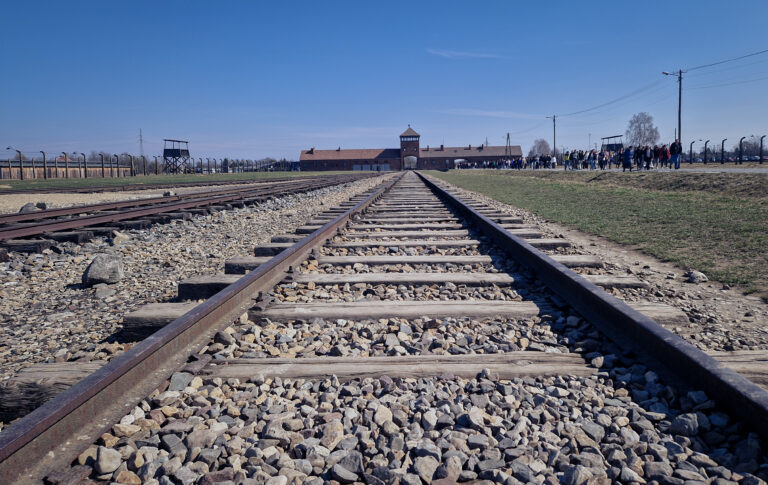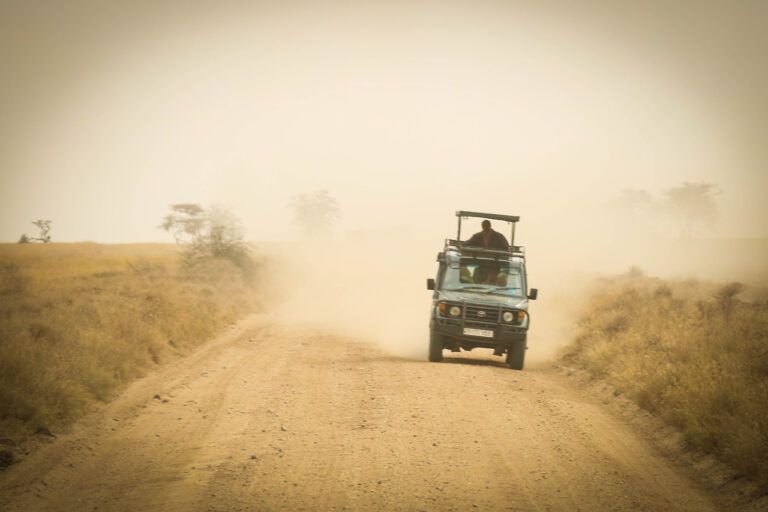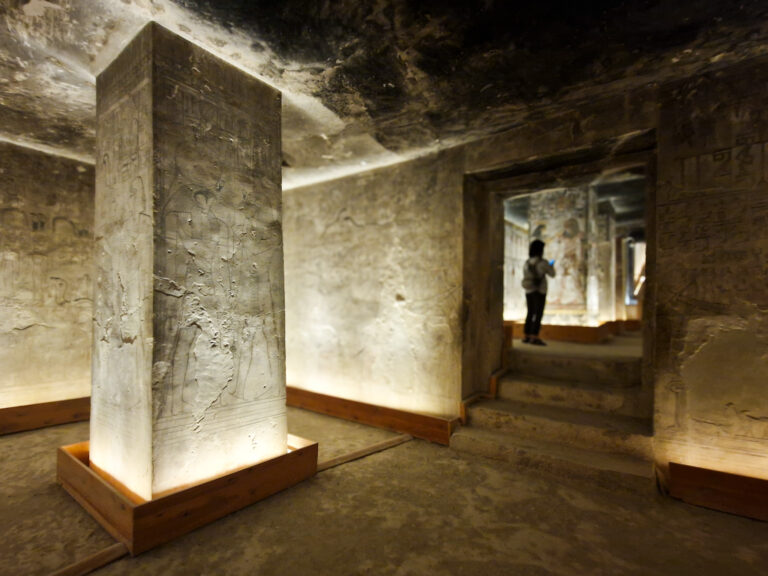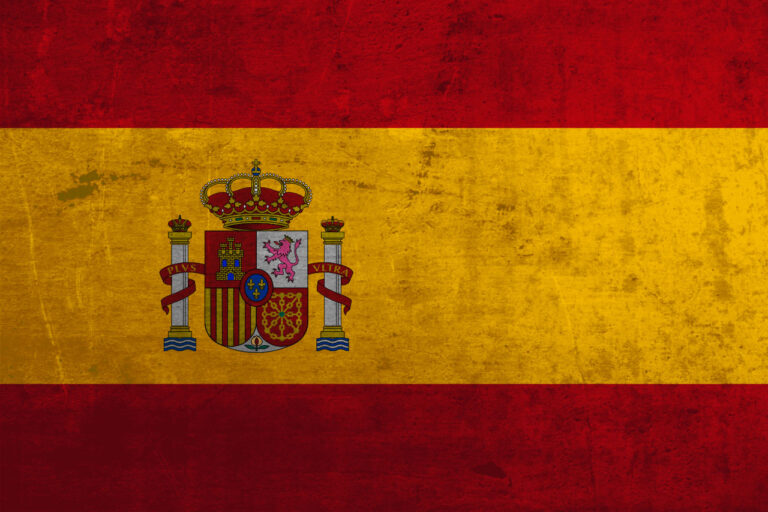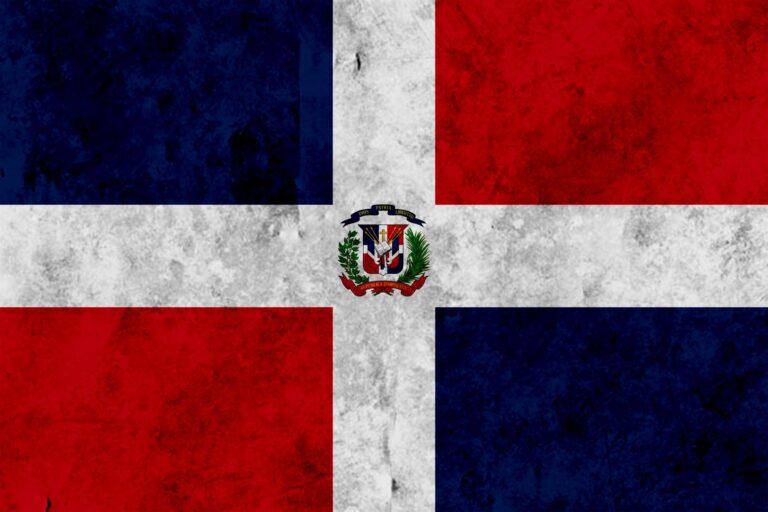Perspective
A Pause for Perspective
I’ll take a brief pause here. A pause to paint a picture of perspective. It’s one informed, admittedly, by blatant North Vietnamese communist propaganda, but one which should be experienced nonetheless.
The War Remnants Museum
There is a museum in Hanoi known now as the War Remnants Museum, which we visited in 2014. Just a few years earlier it was called The Museum of French and American War Crimes. A few meetings with the tourism board and the American ambassador, and bingo! We’ve got a name that, as an American, I could enter feeling welcome—like it was just any old history museum. But once inside, it was clear what the intended name still was.
I felt as though I were a German walking into a Holocaust museum. We passed a group of schoolchildren gazing at photographs of terrified kids fleeing U.S. napalm attacks. An entire floor was dedicated to communities devastated by Agent Orange, the chemical bomb the U.S. dropped to deforest jungles and expose NVA and VC hiding places. I found myself ashamed. I found myself avoiding the groups of children, staring at the pictures of LBJ and thinking, why? At what cost?
A Different Story of the War
I left the War Remnants Museum with a whole new perspective. My history books had told me the Vietnam War was fought to prevent the expansion of the USSR, to stop the dreaded domino effect of communism in Asia. But in Hanoi, it wasn’t about geopolitics—it was about defending your home. Defending your mother’s rice paddy, whether she was communist, capitalist, or apolitical.
This was something Americans could never fully understand, and it was our downfall. We came to win the hearts and minds of communists under Khrushchev and Brezhnev, but what we ended up fighting were the hearts and minds of Vietnamese people who just wanted to protect their families and way of life. The war was lost before it began.
It’s a shame American history books don’t teach our failures alongside our victories. Because yes, we lost the Vietnam War. And not only that—we left with our tail between our legs and a severely damaged international reputation. Was it worth it? Hard to say. If there were dominos falling, not many fell, and the doomsday scenario predicted at the time never came.
Hard Truths
Seeing the faces of the Vietnamese in that museum gave me perspective. That a country can do wrong. That maybe it’s not a given we’re always the “good guy.” That war is terrible. And that I’ve been blessed to have never lived anywhere near a war zone.
We stepped out into the bright summer heat of Hanoi in silence. I wanted to be offended by the propaganda. I wanted to tell the children JFK and LBJ weren’t evil men. I wanted to tell them America was just trying to help, if only they’d accepted our benevolent outstretched hand. But deep down, I knew what we had done to their country was unforgivable: firebombs, chemical weapons, land mines still buried today, and the unspeakable tragedy of My Lai.
Those children had the right to grieve and ask “why?” To look at those photographs of kids their age being burned alive by napalm and feel anger.
Remembering on Both Sides
In a world where we all want to believe we’re always right, it’s good to get a healthy dose of being wrong sometimes. So no, I didn’t leave offended. And I didn’t blame them for telling their story the way they did. In fact, I think they had the right to keep the museum’s old name.
It’s a tragic story they have to tell—just as tragic as the one I’ve experienced many times walking the Mall in Washington, D.C., past the tens of thousands of names etched on that black wall.
It’s a tragedy worth remembering from both sides, and one that every American should confront if they visit Vietnam. Just remember this handy Vietnamese phrase: tôi đến từ Canada.
